Home>Maintenance & Safety>Child & Elderly Safety at Home>How Long Is Milk Good For In A Sippy Cup?
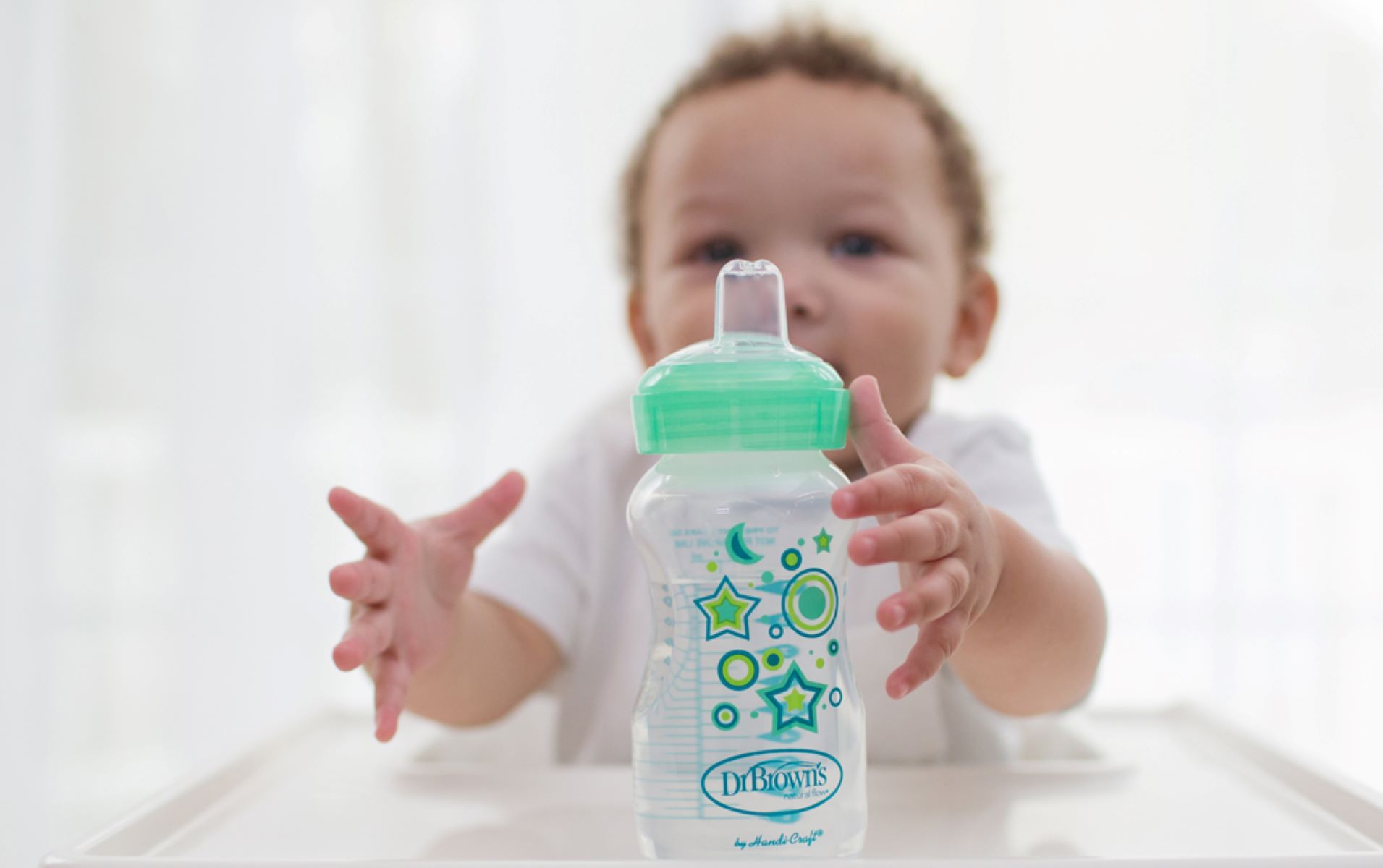

Child & Elderly Safety at Home
How Long Is Milk Good For In A Sippy Cup?
Published: February 13, 2024
Ensure child and elderly safety at home by knowing how long milk is good for in a sippy cup. Learn the best practices for milk storage and consumption.
(Many of the links in this article redirect to a specific reviewed product. Your purchase of these products through affiliate links helps to generate commission for Storables.com, at no extra cost. Learn more)
Introduction
When it comes to ensuring the safety and well-being of children and the elderly, every detail matters. One such crucial aspect is the shelf life of milk in a sippy cup. This seemingly simple concern holds significant importance, as it directly impacts the health and safety of those who rely on it.
Milk is a staple in the diets of many children and elderly individuals, providing essential nutrients such as calcium, vitamin D, and protein. However, when milk is stored in a sippy cup, its shelf life can be influenced by various factors, including temperature, cleanliness, and the type of milk used.
Understanding how long milk remains safe for consumption in a sippy cup is essential for caregivers and family members. It not only ensures that the milk retains its nutritional value but also helps prevent potential health risks associated with consuming spoiled milk.
In this comprehensive guide, we will delve into the factors that affect the shelf life of milk in a sippy cup, signs indicating that the milk has gone bad, and valuable tips for maintaining the freshness of milk in a sippy cup. By the end of this article, you will be equipped with the knowledge needed to safeguard the well-being of your loved ones by ensuring the milk in their sippy cups remains safe and nourishing.
Let's embark on this journey to explore the nuances of milk storage in sippy cups and discover the best practices for maintaining its freshness.
Key Takeaways:
- Keep milk in a sippy cup fresh by storing it in a cool place, cleaning the cup after each use, and using high-quality, pasteurized milk to minimize the risk of spoilage.
- Watch out for signs of spoiled milk in a sippy cup, such as unpleasant odor, unusual texture, abnormal color, and presence of mold, to ensure the safety of children and the elderly.
Factors Affecting Milk Shelf Life in a Sippy Cup
The shelf life of milk in a sippy cup can be influenced by several key factors, each playing a significant role in determining how long the milk remains safe for consumption. Understanding these factors is crucial for ensuring the freshness and nutritional integrity of the milk provided to children and the elderly.
-
Temperature: The temperature at which the sippy cup is stored plays a pivotal role in determining the shelf life of milk. When milk is exposed to higher temperatures, such as those above 40°F (4°C), the growth of bacteria accelerates, leading to a shorter shelf life. Conversely, storing the sippy cup in a cooler environment helps maintain the milk's freshness for a longer duration.
-
Cleanliness: The cleanliness of the sippy cup and its components directly impacts the milk's shelf life. Residual milk or food particles left in the cup can promote bacterial growth, causing the milk to spoil more rapidly. Thoroughly cleaning and sanitizing the sippy cup after each use is essential for preserving the milk's quality.
-
Type of Milk: The type of milk used in the sippy cup can also affect its shelf life. While pasteurized milk generally has a longer shelf life compared to raw milk, it is important to note that once milk is poured into a sippy cup, the risk of contamination increases. Therefore, regardless of the type of milk used, proper storage and handling are crucial for maintaining its freshness.
-
Exposure to Light: Exposure to light, especially sunlight, can hasten the deterioration of milk. Ultraviolet light can cause the breakdown of certain nutrients in milk and contribute to off-flavors. Therefore, storing the sippy cup in a dark or opaque bag when on the go can help mitigate the impact of light exposure.
-
Duration of Storage: The length of time for which milk is stored in a sippy cup directly affects its shelf life. It is advisable to prepare only the amount of milk that will be consumed within a reasonable timeframe to minimize the risk of spoilage. Additionally, any leftover milk should be promptly discarded to prevent the accumulation of harmful bacteria.
By considering these factors and implementing appropriate measures, caregivers and family members can effectively prolong the shelf life of milk in a sippy cup, ensuring that it remains safe and nutritious for consumption.
Signs that Milk in a Sippy Cup Has Gone Bad
Identifying the signs indicating that milk in a sippy cup has gone bad is crucial for safeguarding the health of children and the elderly. By recognizing these indicators, caregivers and family members can promptly take action to prevent the consumption of spoiled milk. Here are the key signs to watch for:
-
Unpleasant Odor: One of the most noticeable signs of spoiled milk is a distinct sour or rancid odor. When milk undergoes bacterial contamination or begins to spoil, it emits a pungent and unpleasant smell. Caregivers should immediately discard milk that exhibits an off-putting odor, as consuming such milk can lead to digestive discomfort and potential health issues.
-
Unusual Texture: Fresh milk has a smooth and consistent texture. However, when milk in a sippy cup has gone bad, its texture may become lumpy, curdled, or grainy. These textural changes are indicative of bacterial activity and the breakdown of milk proteins. Caregivers should visually inspect the milk before offering it to ensure that it maintains its natural texture.
-
Abnormal Color: While fresh milk has a creamy white appearance, spoiled milk may develop a yellowish or bluish tint. Any noticeable discoloration in the milk within a sippy cup is a clear indication that it has deteriorated and should not be consumed. Caregivers should exercise caution and refrain from serving discolored milk to children or the elderly.
-
Taste Test: Caregivers can conduct a small taste test to determine if the milk has gone bad. Spoiled milk has a distinctly sour and unpleasant taste, which is immediately discernible upon sampling. However, it is important to note that tasting spoiled milk is not recommended, especially for children and the elderly, due to the potential health risks associated with consuming contaminated dairy products.
-
Presence of Mold: In some cases, spoiled milk may develop mold, which can appear as green, blue, or black spots on the surface of the milk. If caregivers observe any signs of mold growth in the sippy cup, the milk should be discarded immediately, and the cup thoroughly cleaned to prevent further contamination.
By remaining vigilant and attentive to these signs, caregivers can effectively identify spoiled milk in a sippy cup and take the necessary steps to ensure the safety and well-being of those in their care. Regularly inspecting the milk, especially before serving it, is essential for preventing the consumption of deteriorated dairy products.
These signs serve as valuable indicators of milk spoilage, empowering caregivers to make informed decisions regarding the freshness and suitability of milk in sippy cups. By prioritizing the health and safety of children and the elderly, caregivers play a pivotal role in maintaining a nurturing and secure environment.
To keep milk fresh in a sippy cup, it’s best to use it within 2 hours if it’s been sitting out at room temperature. If it’s been in the fridge, it should be used within 24 hours. Always check for any signs of spoilage before giving it to your child.
Tips for Keeping Milk Fresh in a Sippy Cup
Ensuring the freshness of milk in a sippy cup is paramount for maintaining its nutritional value and safeguarding the health of children and the elderly. By implementing the following tips, caregivers can effectively prolong the shelf life of milk in sippy cups, providing a consistent supply of safe and nourishing dairy products.
-
Proper Storage: Store the sippy cup in a cool and shaded environment to prevent exposure to heat and sunlight, which can hasten the deterioration of milk. When on the go, consider using insulated sippy cup carriers or bags to maintain the milk at an optimal temperature.
-
Regular Cleaning: Thoroughly clean and sanitize the sippy cup and its components after each use. Pay close attention to any hidden crevices or areas where milk residue may accumulate. Utilize bottle brushes and mild dish soap to ensure comprehensive cleaning.
-
Limited Storage Time: Prepare only the amount of milk that will be consumed within a reasonable timeframe. Avoid letting milk sit in the sippy cup for extended periods, as this increases the risk of bacterial growth and spoilage. Promptly discard any leftover milk to prevent contamination.
-
Use of Refrigeration: If the sippy cup will not be consumed immediately, consider refrigerating it to maintain the milk's freshness. However, ensure that the refrigerator temperature is consistently below 40°F (4°C) to inhibit bacterial proliferation.
-
Avoid Contamination: When pouring milk into the sippy cup, ensure that the cup and its lid are clean and free from any residual liquids or food particles. Additionally, refrain from using the sippy cup for storing other beverages or liquids that may contaminate the milk.
-
Quality Milk: Use high-quality, pasteurized milk to minimize the risk of bacterial contamination and prolong the milk's shelf life. Check the expiration date of the milk before use and prioritize freshness and quality.
-
Routine Inspections: Regularly inspect the sippy cup and its contents for any signs of spoilage, including unusual odors, textures, or discoloration. This proactive approach allows caregivers to promptly identify and address any issues related to milk freshness.
By incorporating these tips into daily caregiving routines, caregivers can uphold the integrity of the milk stored in sippy cups, ensuring that it remains fresh, safe, and conducive to the well-being of children and the elderly. Prioritizing proper storage, cleanliness, and vigilance enables caregivers to provide a consistent supply of high-quality milk, enriching the dietary experiences of those under their care.
Conclusion
In conclusion, the shelf life of milk in a sippy cup is a critical aspect of ensuring the safety and well-being of children and the elderly. By understanding the factors that influence milk shelf life, recognizing signs of spoilage, and implementing effective preservation strategies, caregivers and family members can uphold the nutritional integrity of the milk provided to their loved ones.
The temperature at which the sippy cup is stored, the cleanliness of its components, the type of milk used, exposure to light, and the duration of storage all play pivotal roles in determining the freshness of the milk. By considering these factors and taking proactive measures, caregivers can mitigate the risk of milk spoilage and maintain a safe supply of nourishing dairy products.
Identifying signs of spoiled milk, such as unpleasant odors, unusual textures, abnormal colors, and the presence of mold, empowers caregivers to promptly discard compromised milk and prevent potential health risks associated with consumption. Regular inspections and sensory assessments of the milk in sippy cups are essential for safeguarding the health of children and the elderly.
Furthermore, implementing practical tips for keeping milk fresh in sippy cups, including proper storage, regular cleaning, limited storage time, refrigeration when necessary, and the use of high-quality milk, enables caregivers to uphold the nutritional value of the milk and minimize the likelihood of spoilage.
By prioritizing the health and safety of their loved ones, caregivers play a pivotal role in creating a nurturing and secure environment. The diligence and attention to detail exercised in maintaining the freshness of milk in sippy cups contribute to the overall well-being and dietary satisfaction of children and the elderly.
In essence, the knowledge and practices outlined in this guide serve as valuable resources for caregivers and family members, empowering them to make informed decisions regarding milk storage and preservation. By embracing these insights, caregivers can enhance the quality of care provided to their loved ones, ensuring that each sip of milk from a sippy cup remains a source of nourishment and comfort.
Ultimately, by prioritizing proper storage, cleanliness, and vigilance, caregivers can uphold the integrity of the milk stored in sippy cups, ensuring that it remains fresh, safe, and conducive to the well-being of children and the elderly.
Frequently Asked Questions about How Long Is Milk Good For In A Sippy Cup?
Was this page helpful?
At Storables.com, we guarantee accurate and reliable information. Our content, validated by Expert Board Contributors, is crafted following stringent Editorial Policies. We're committed to providing you with well-researched, expert-backed insights for all your informational needs.
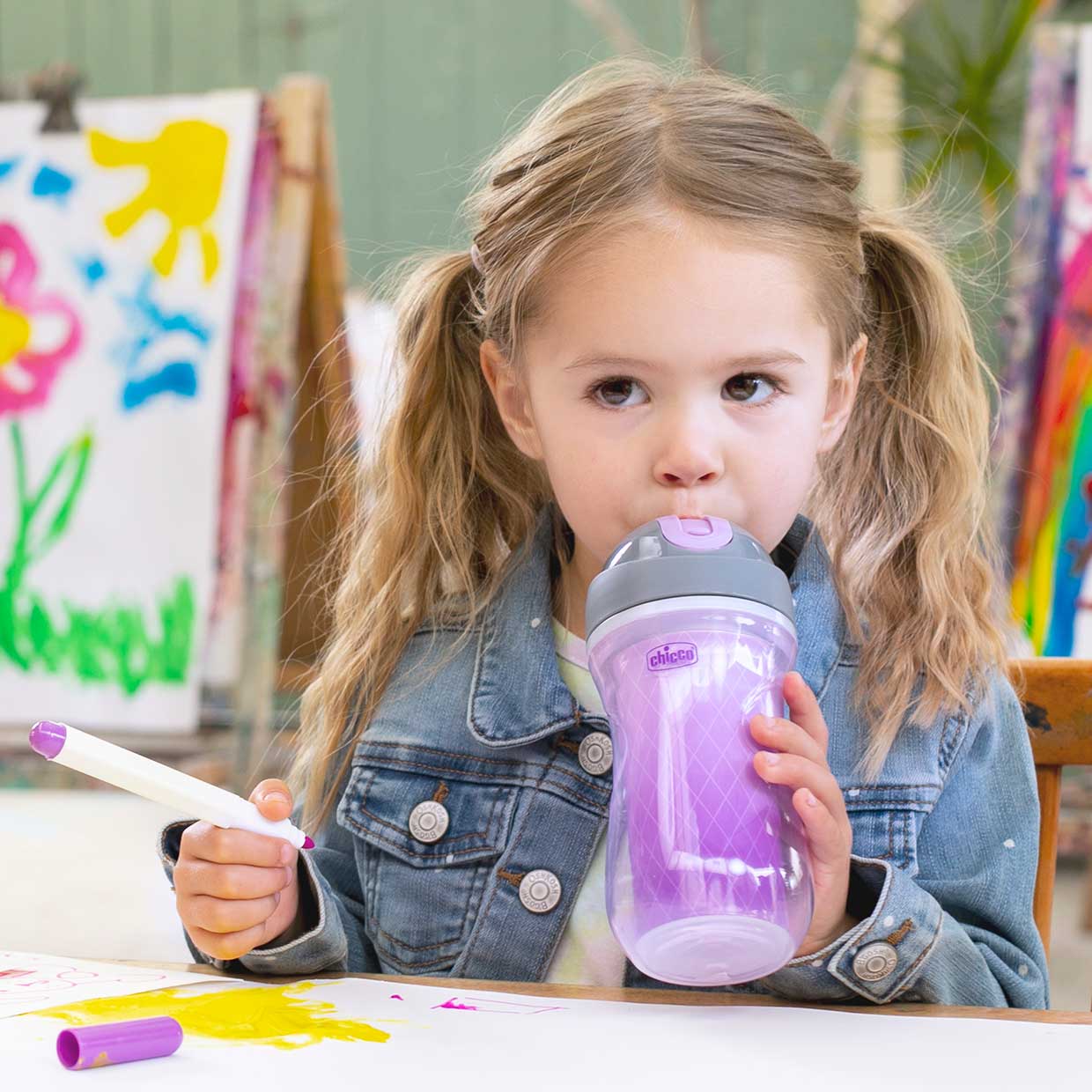
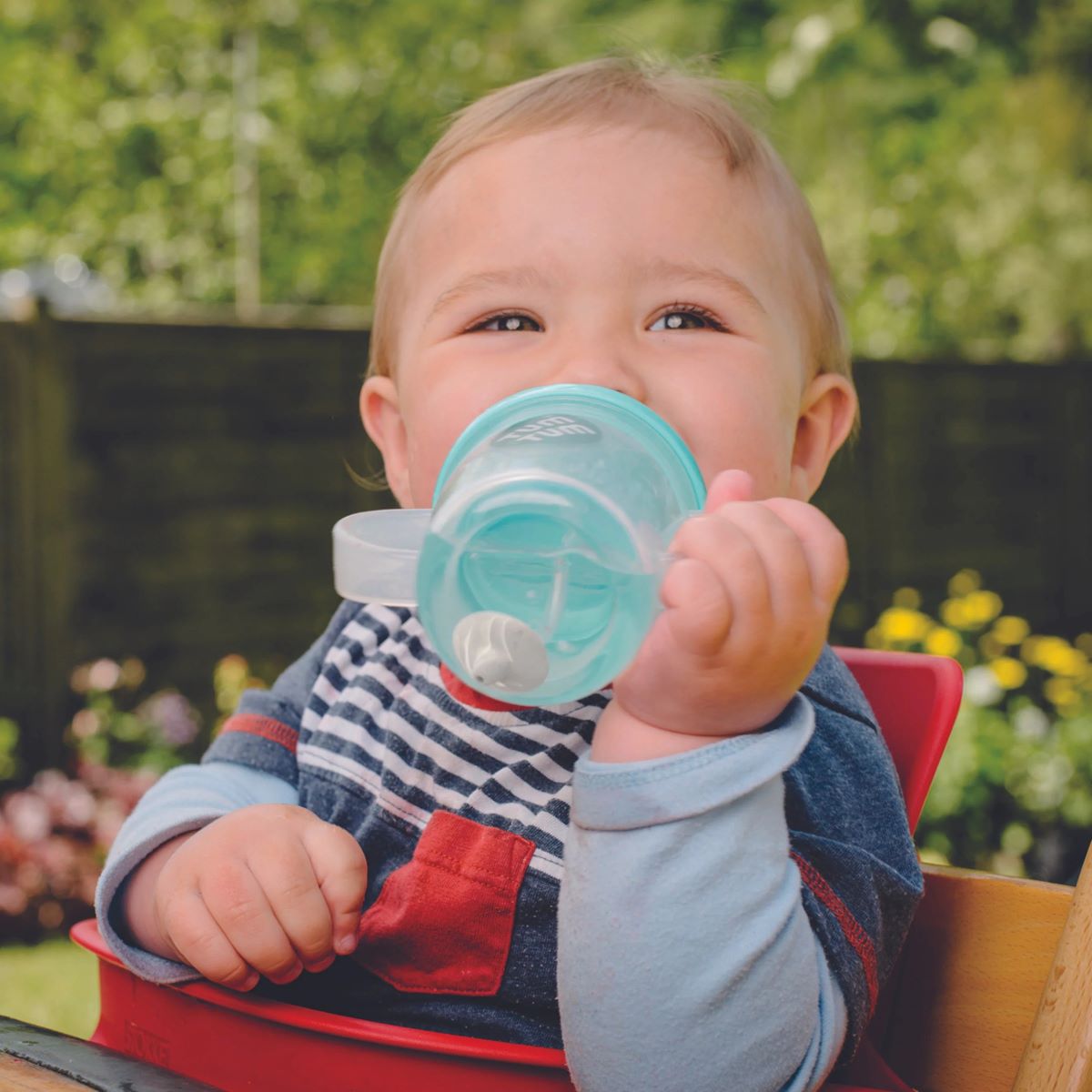
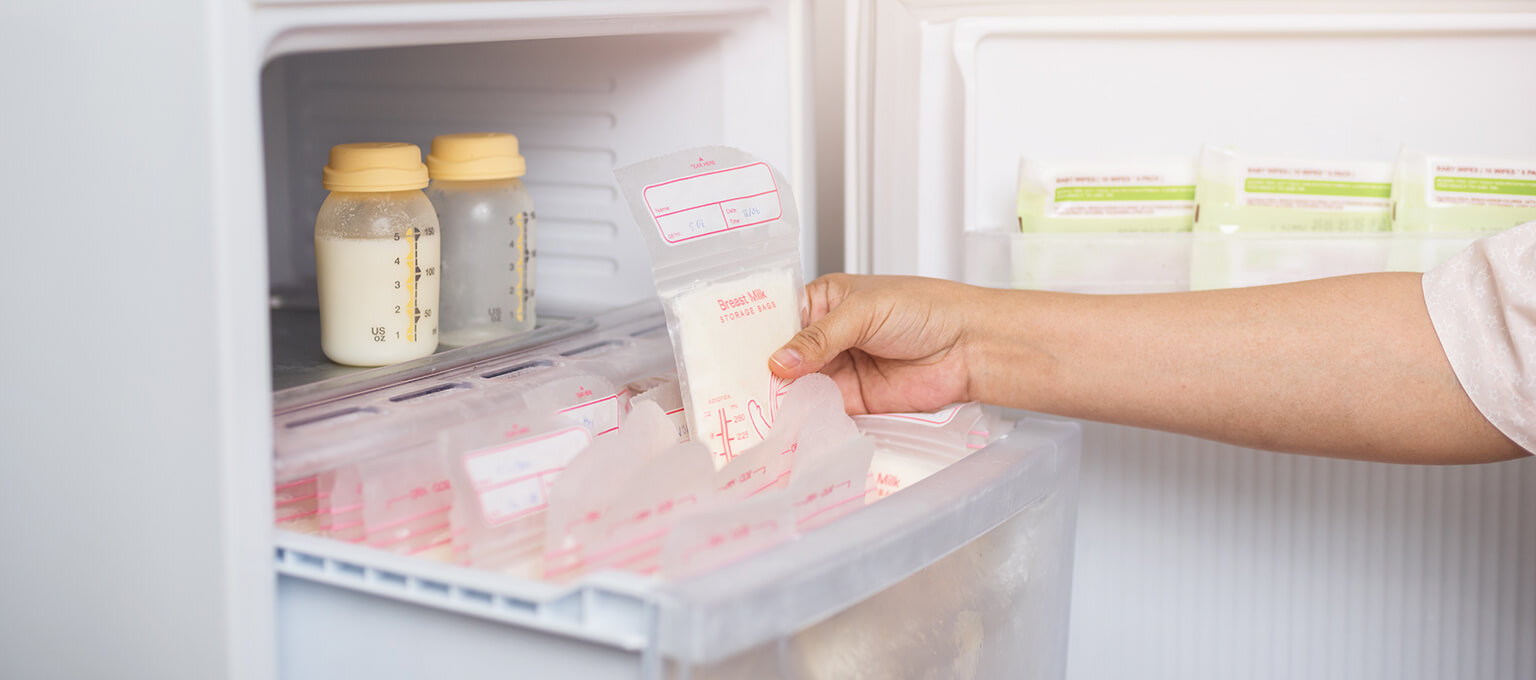
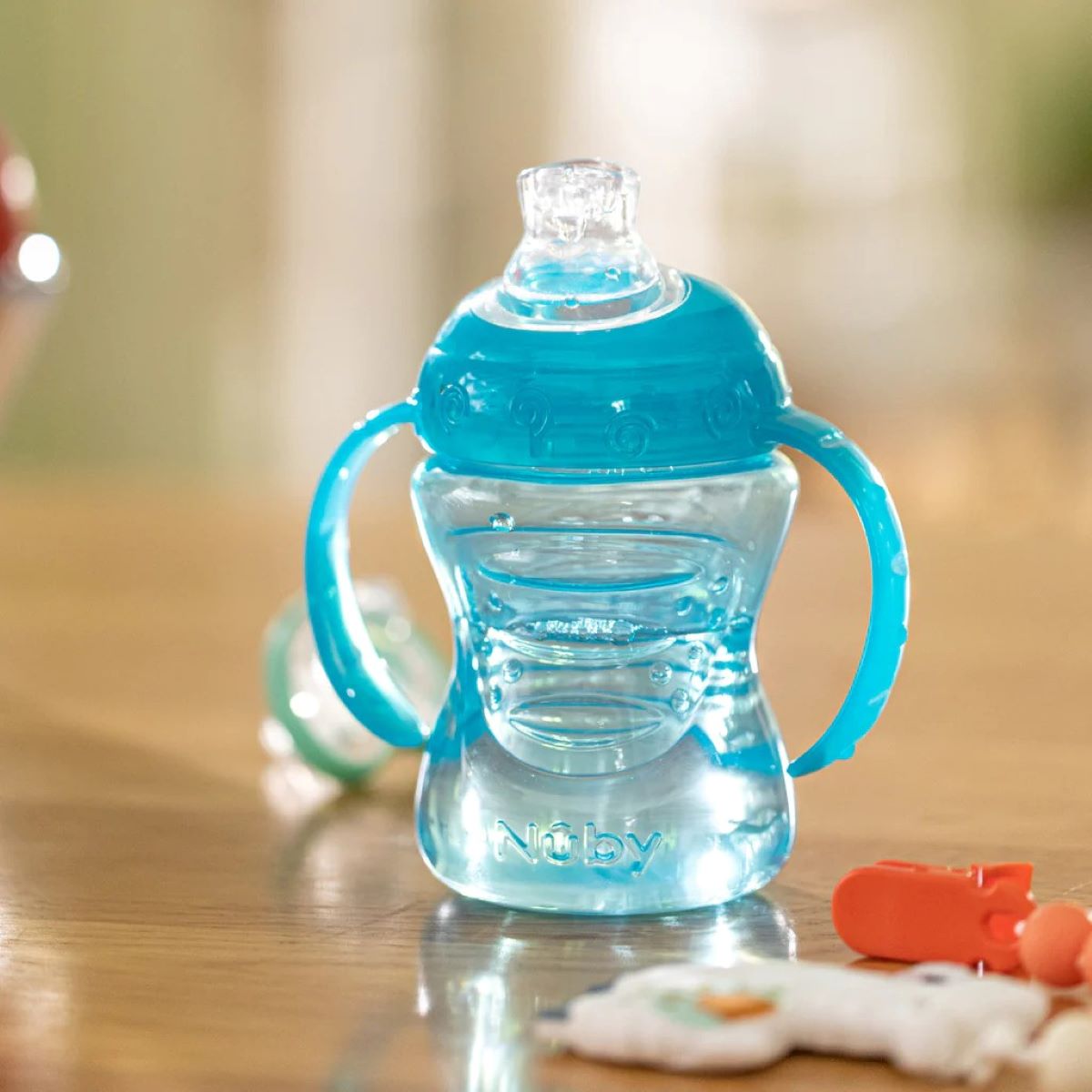
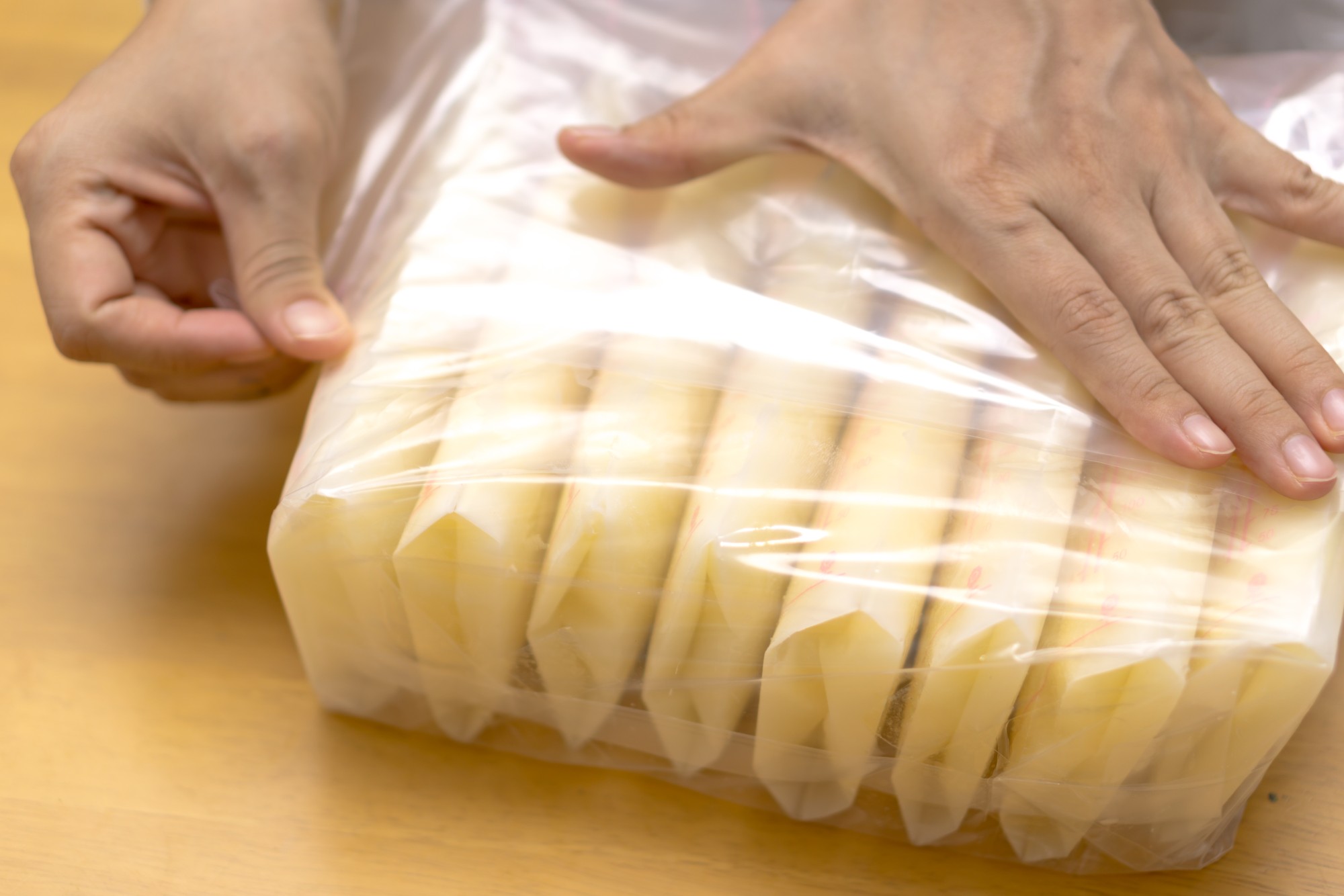
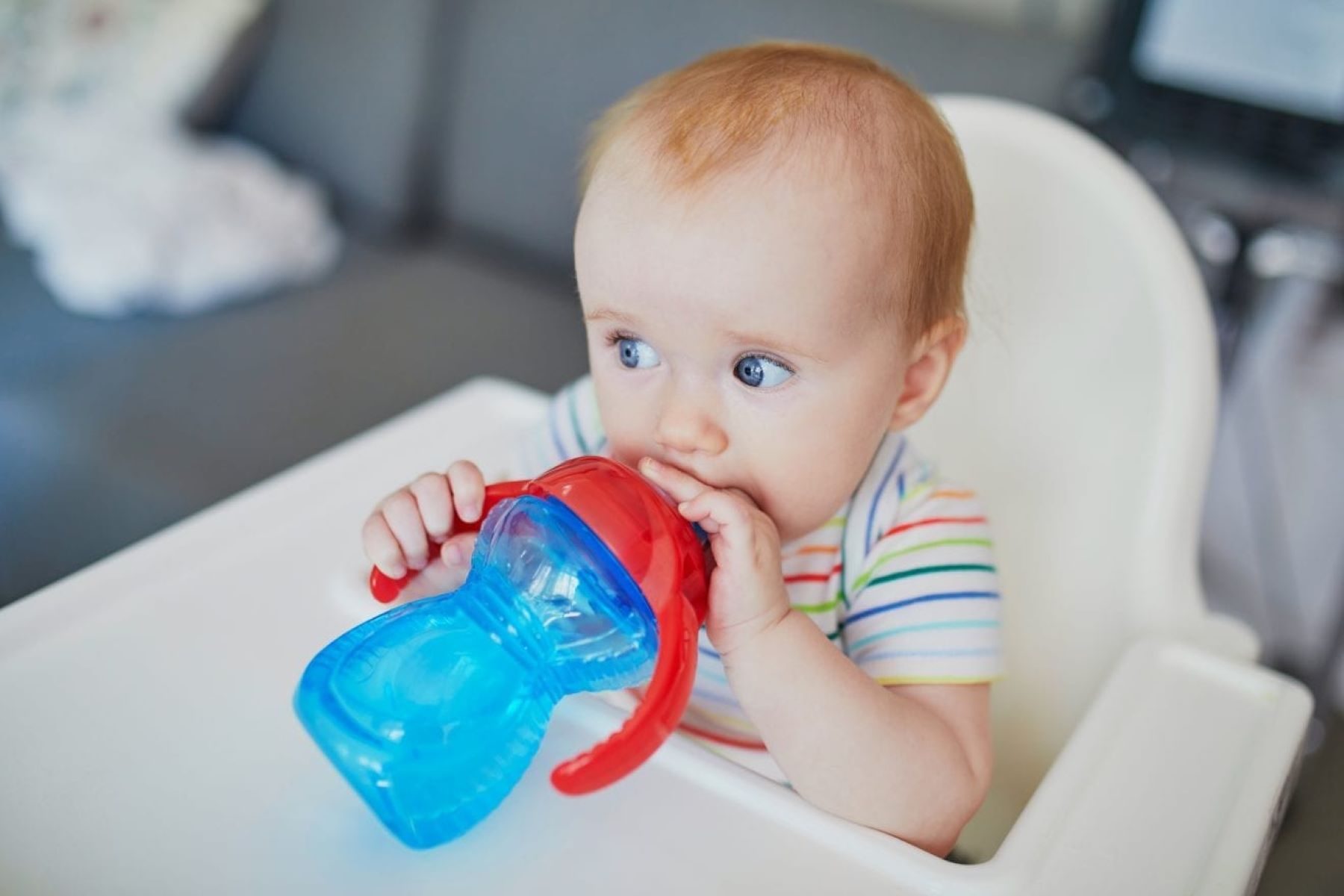
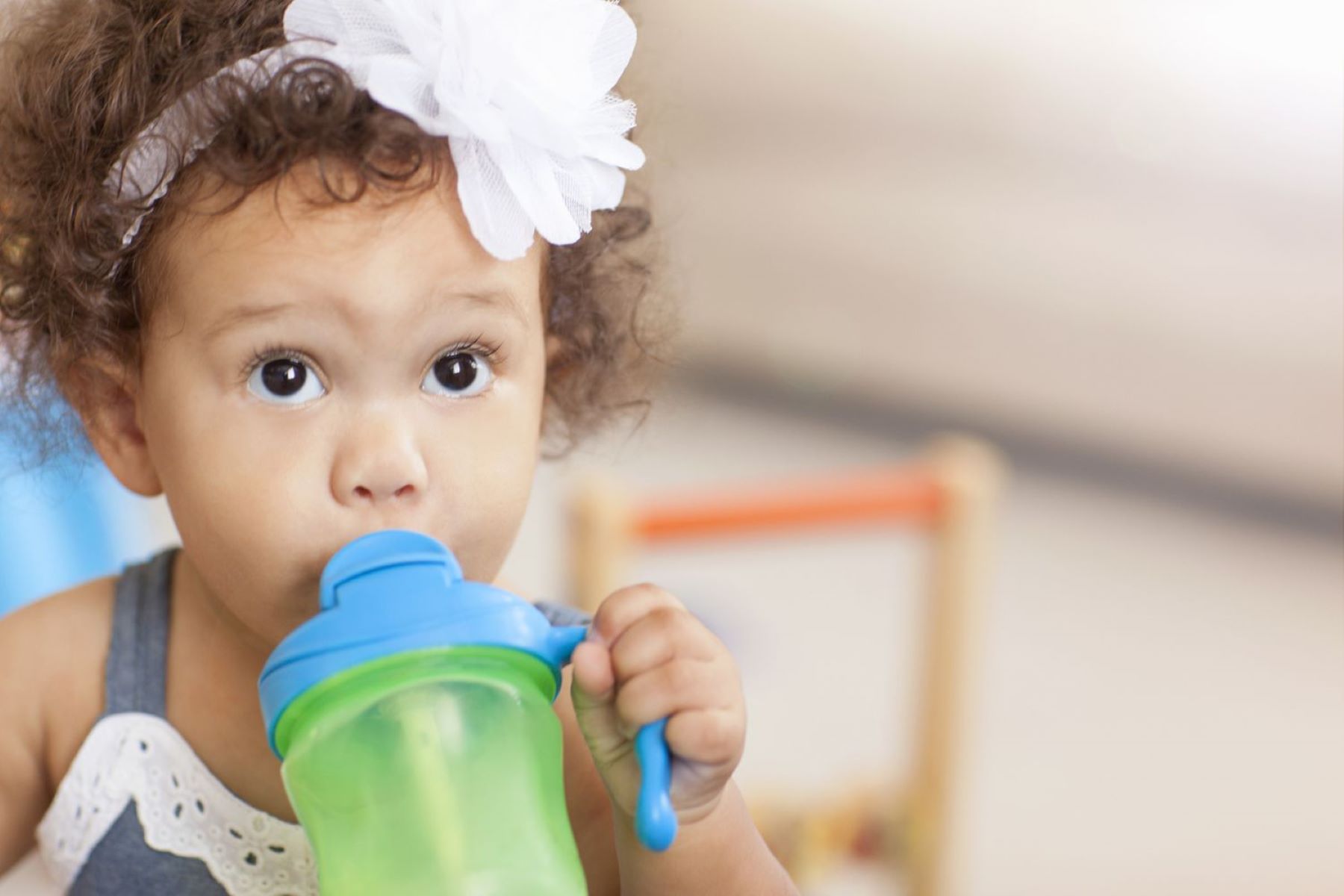
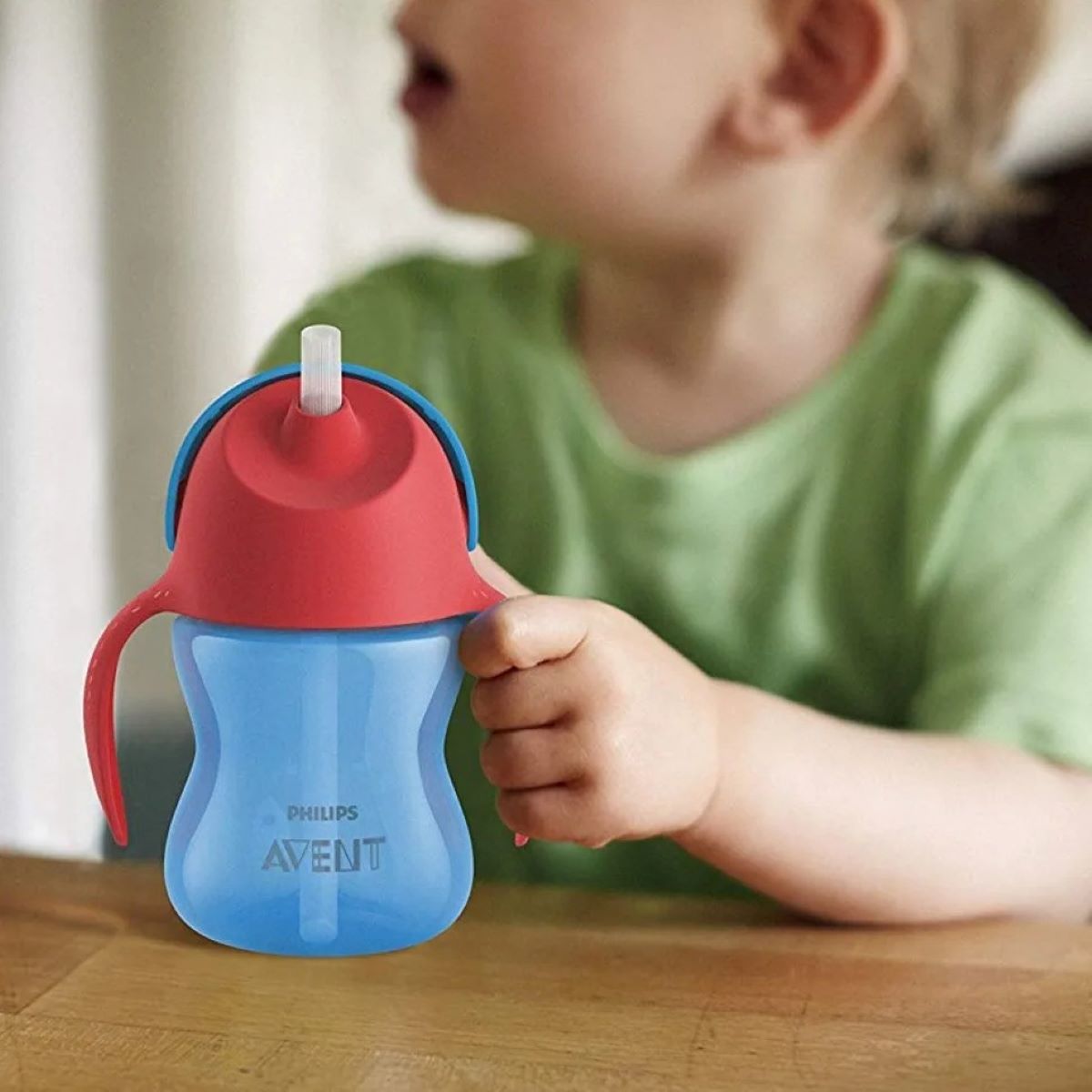
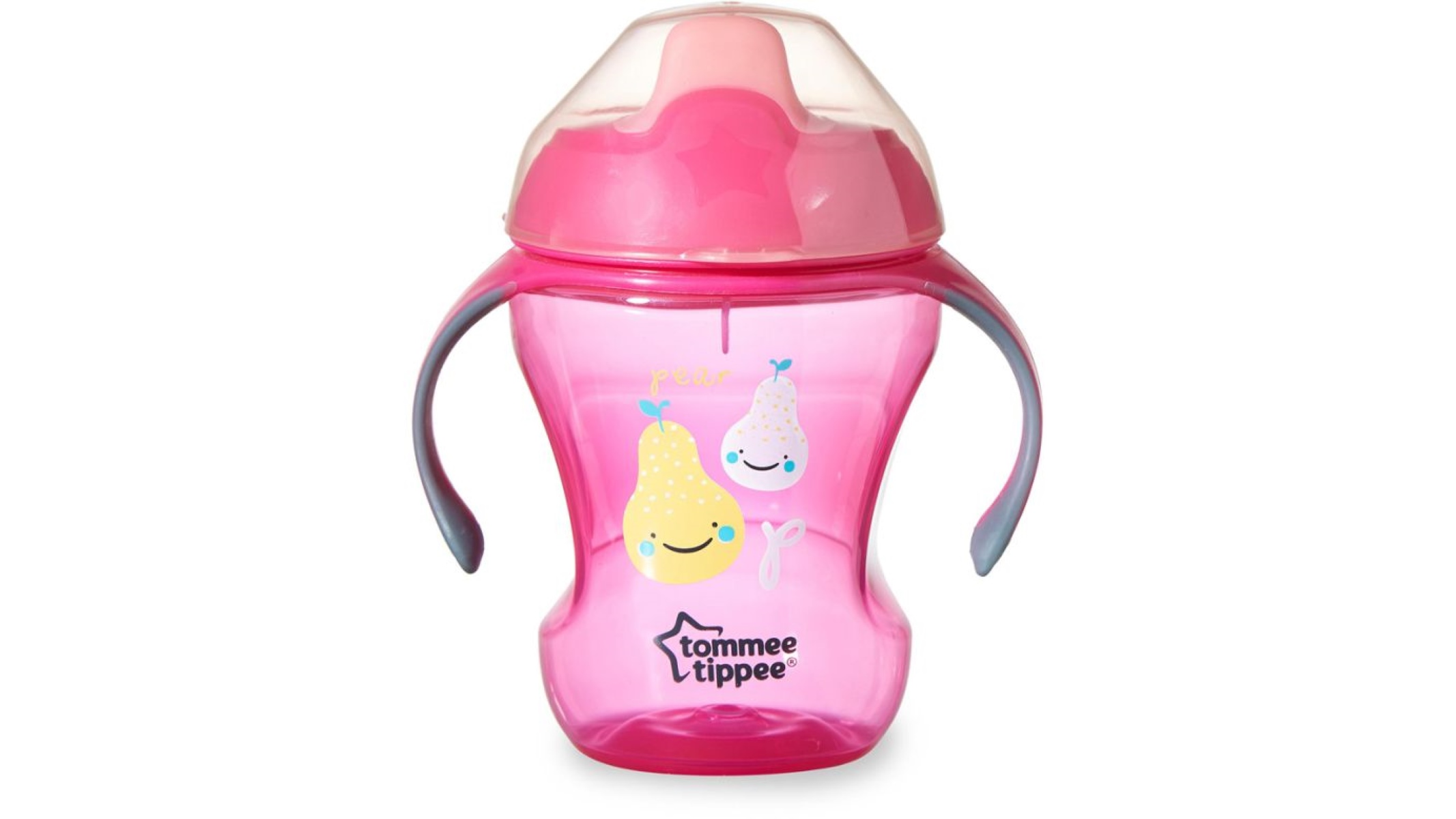
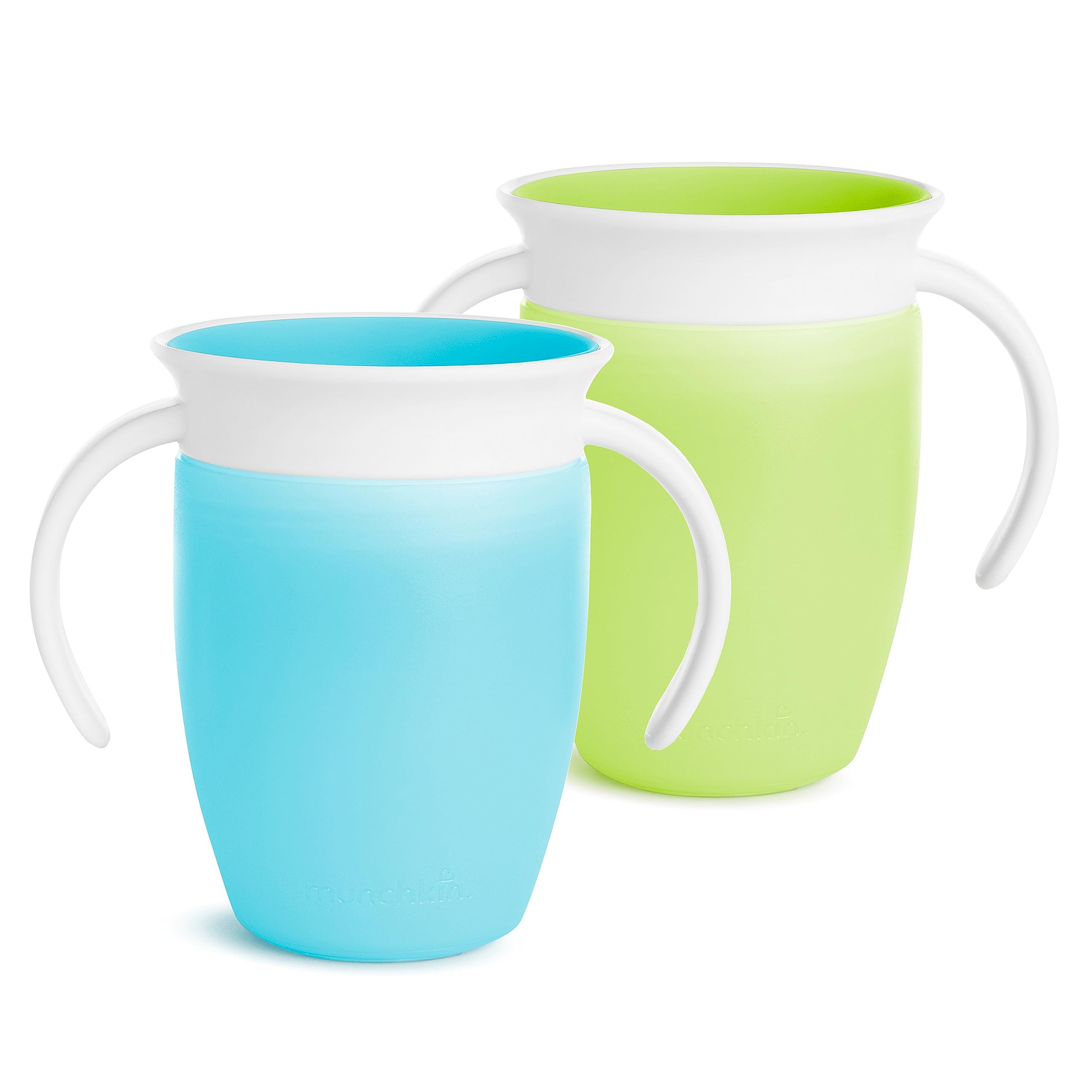
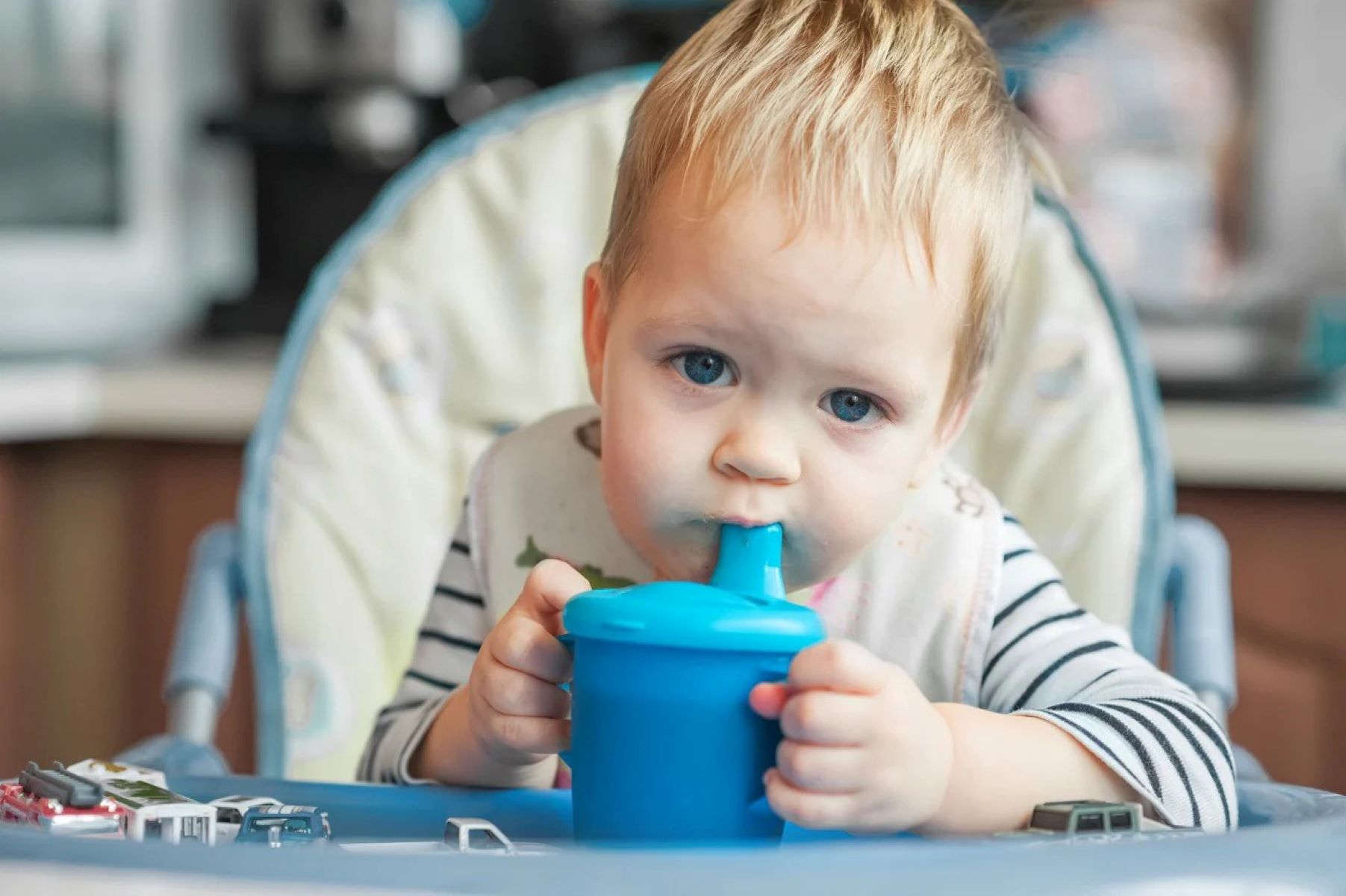
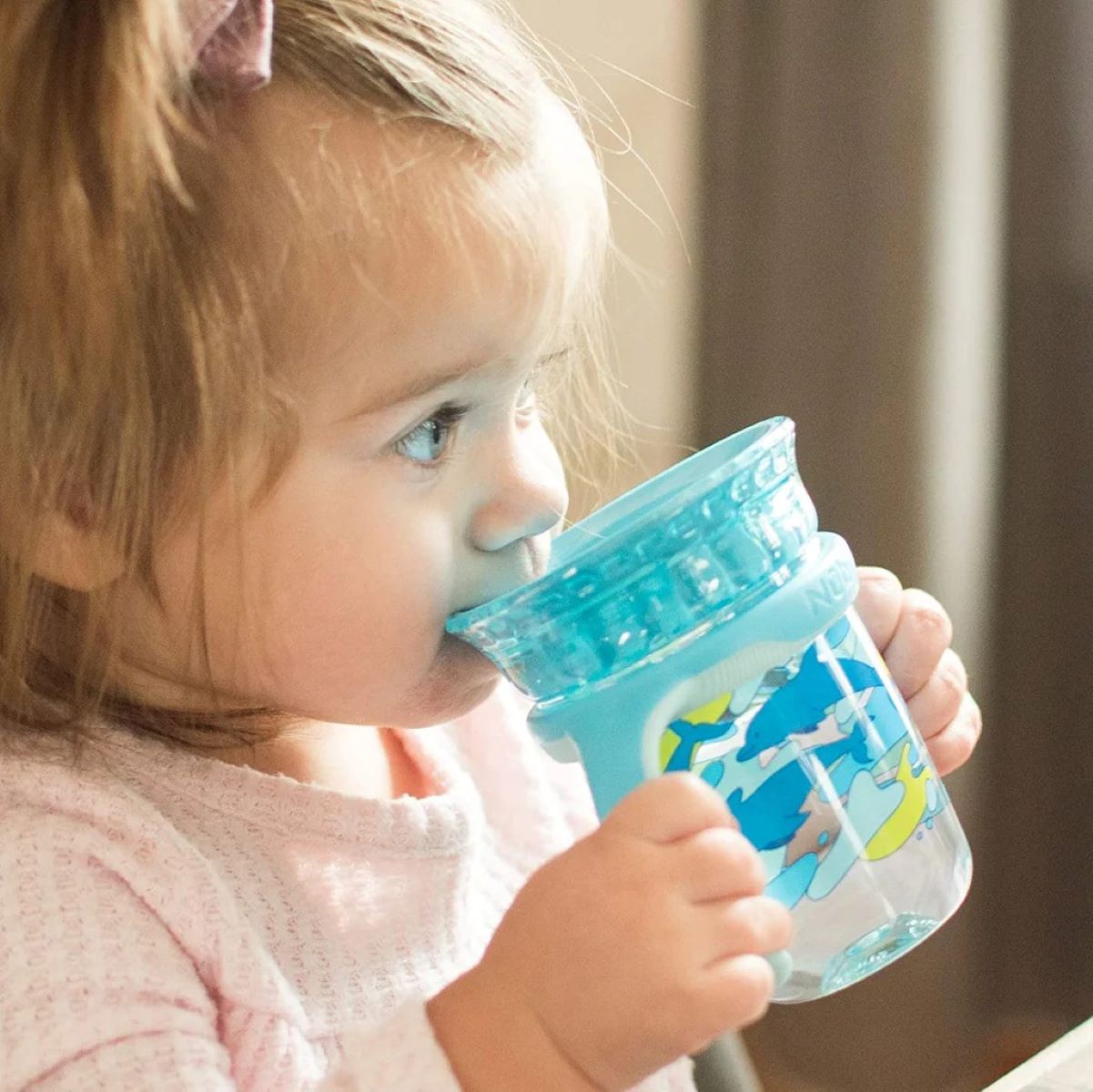
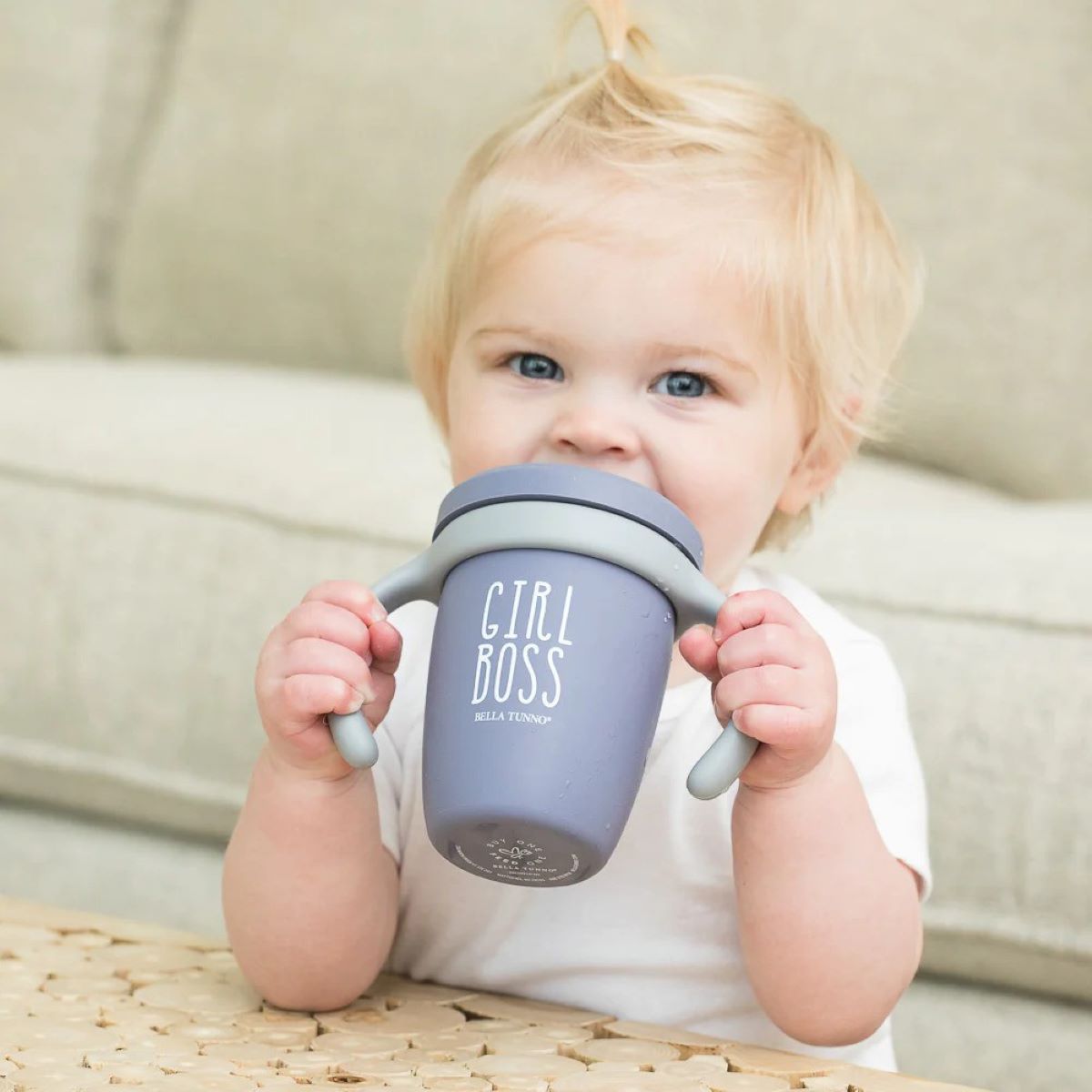
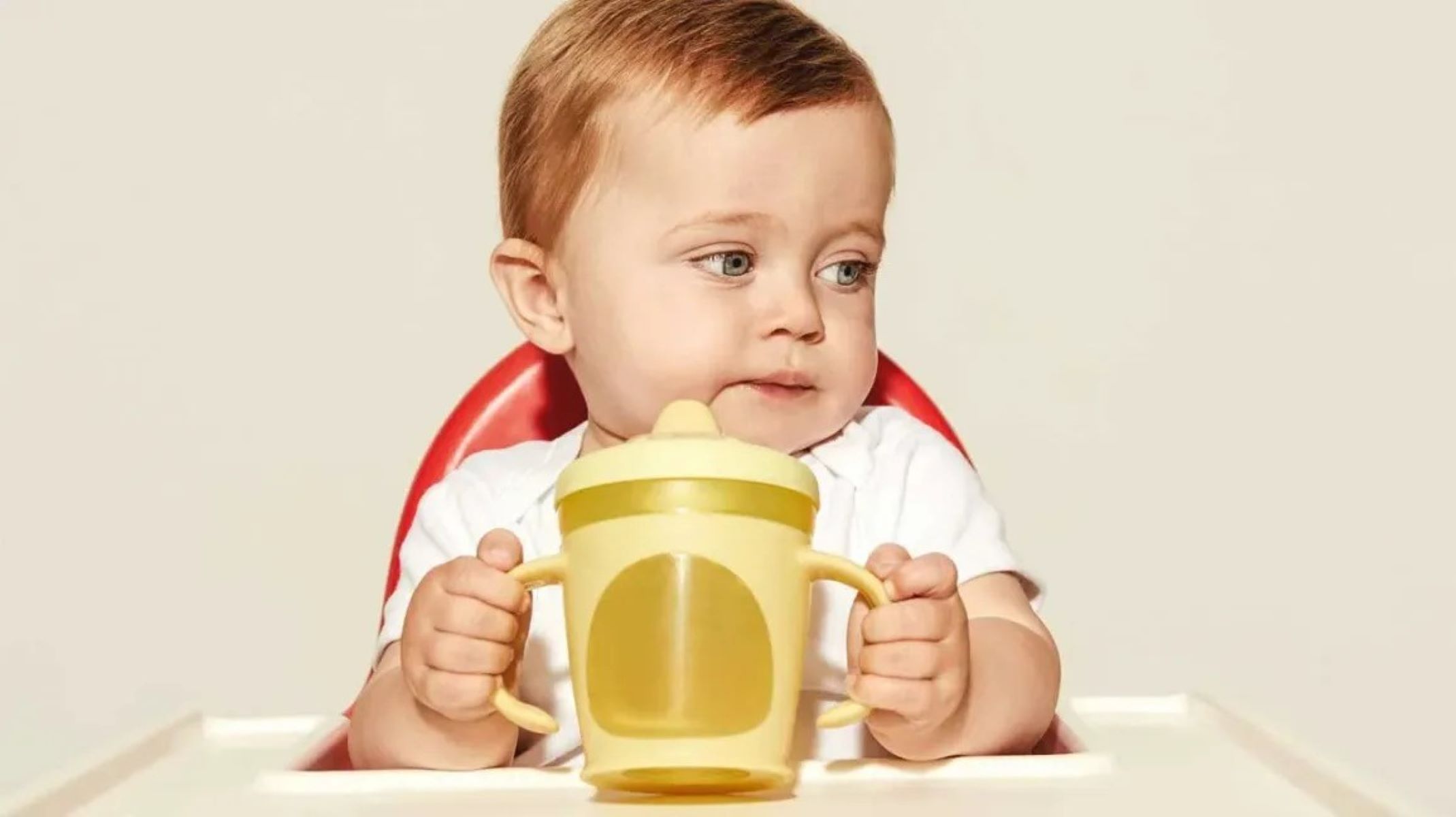
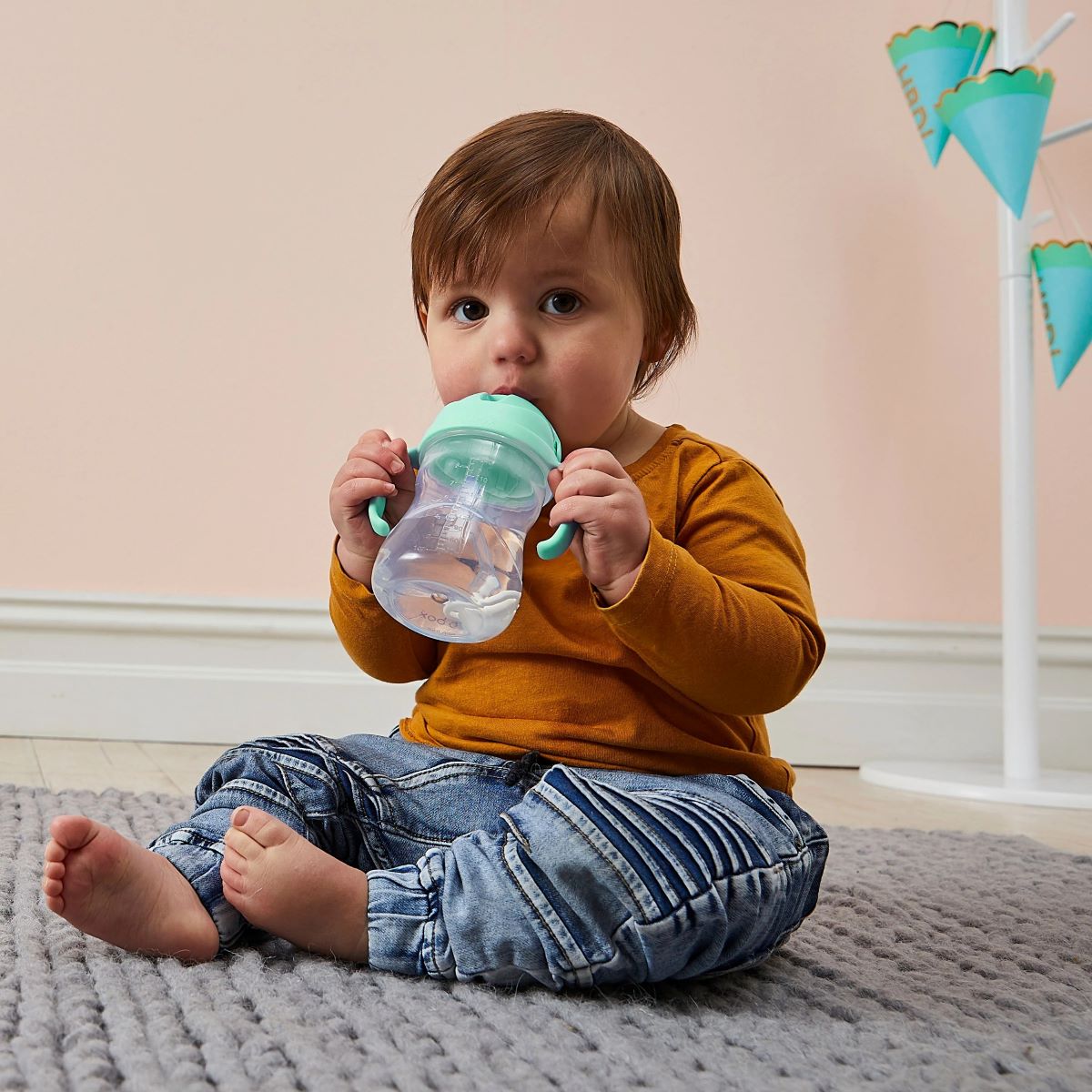

0 thoughts on “How Long Is Milk Good For In A Sippy Cup?”